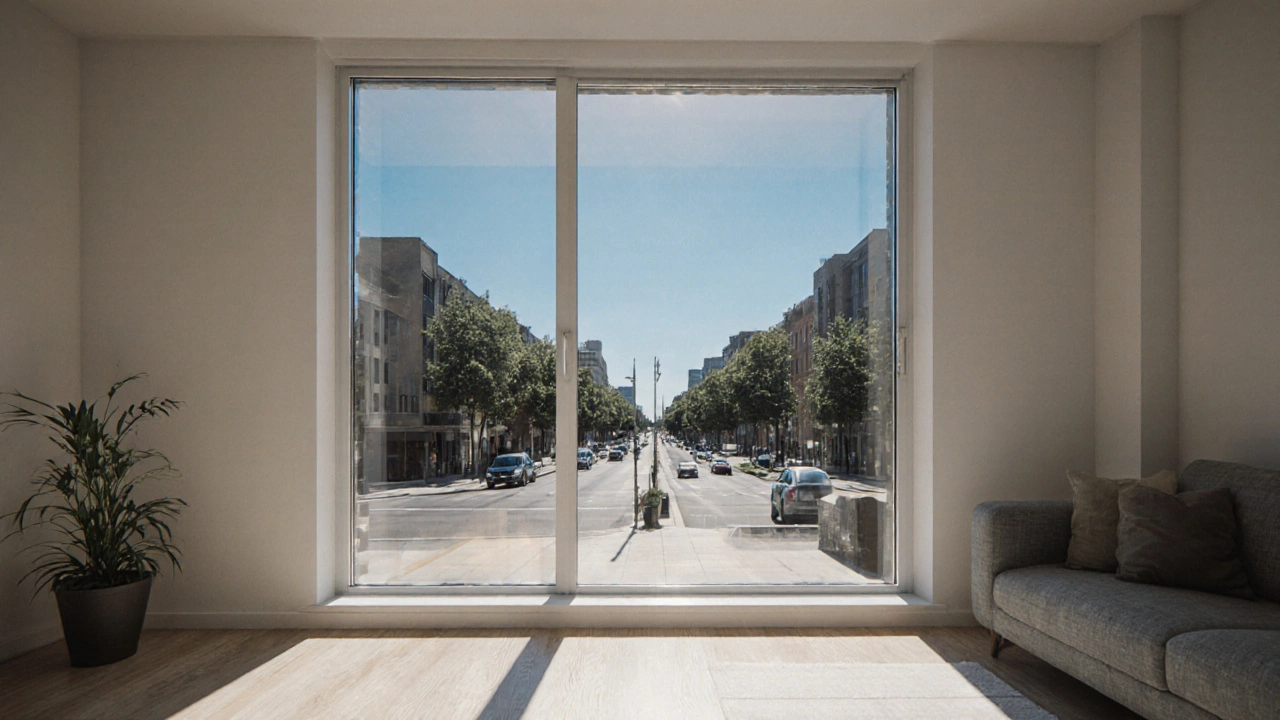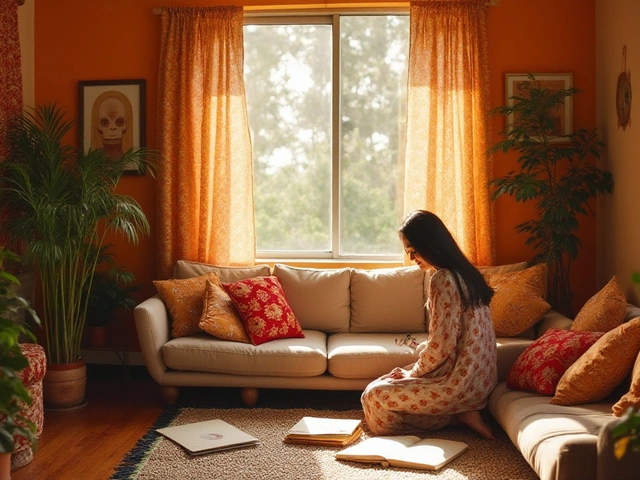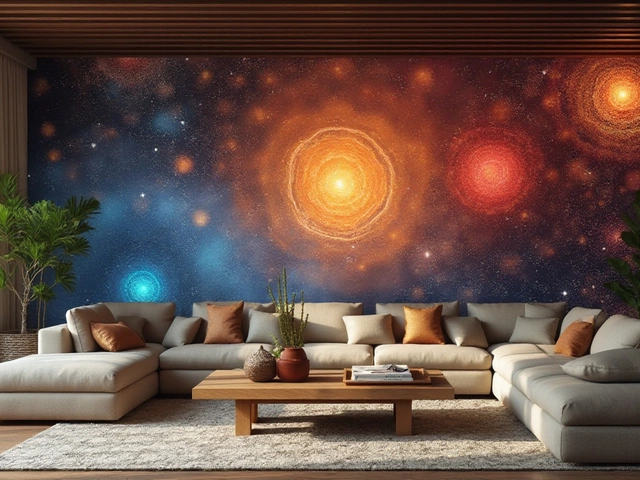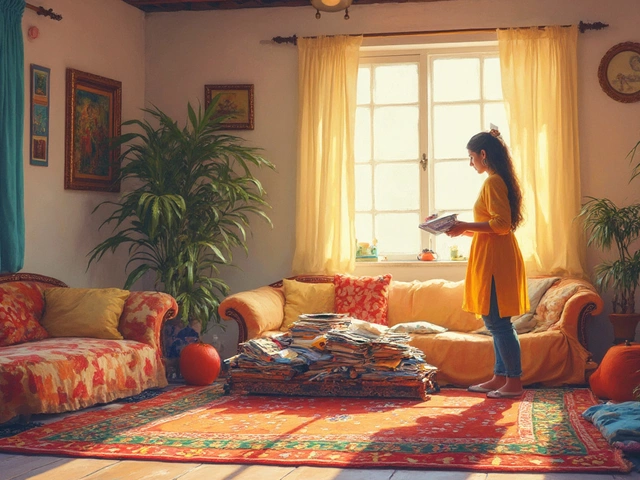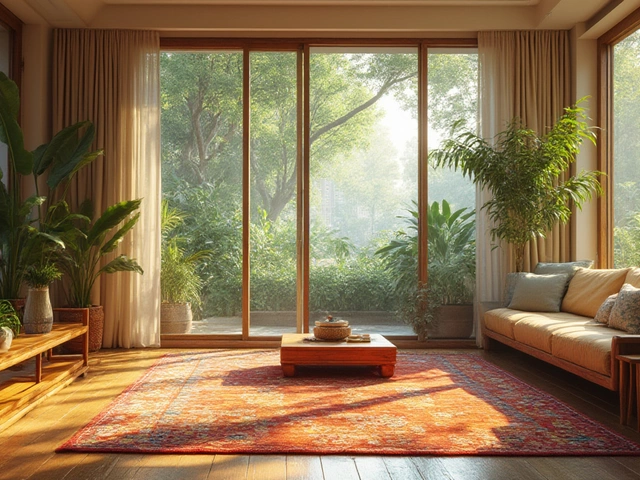Privacy Window Solution Selector
One-Way Mirror Film
Great for daytime privacy, mirrors from outside, clear view inside. Affordable and DIY friendly.
Frosted Film
Uniform opacity, low cost, good light transmission. Blurs views both ways.
Tinted Glass
Energy-efficient, reduces glare. Requires professional installation.
Key Takeaways
- One‑way mirror film lets you look out while appearing mirrored from the street.
- Frosted and tinted options offer different levels of light, cost, and privacy.
- Installation is usually a DIY project, but professional help ensures bubble‑free results.
- Choose based on desired view clarity, light transmission, budget, and maintenance.
- All solutions can be combined for style and added security.
When you need privacy without sacrificing the view, one-way mirror film is a reflective window film that lets you see out while appearing mirrored from the outside. It’s the go‑to answer for anyone asking, “What can I put on my windows so I can see out but no one can see in?” Below we unpack the most common options, compare their strengths, and walk you through a simple install.
Understanding One‑Way Mirror Film
This film uses a thin metallic layer that reflects most of the light coming from outdoors. During daylight, the exterior sees a bright, mirrored surface, while the interior retains clear visibility. At night, the effect reverses - you’ll need curtains or blinds if you want privacy after the sun sets. The key attributes are:
- Visibility: Clear from inside, mirrored from outside (in bright conditions).
- Light Transmission: Typically 30‑45%.
- Cost: $8‑$15 per square foot (material only).
- Installation: DIY with a squeegee and a clean, dust‑free environment.
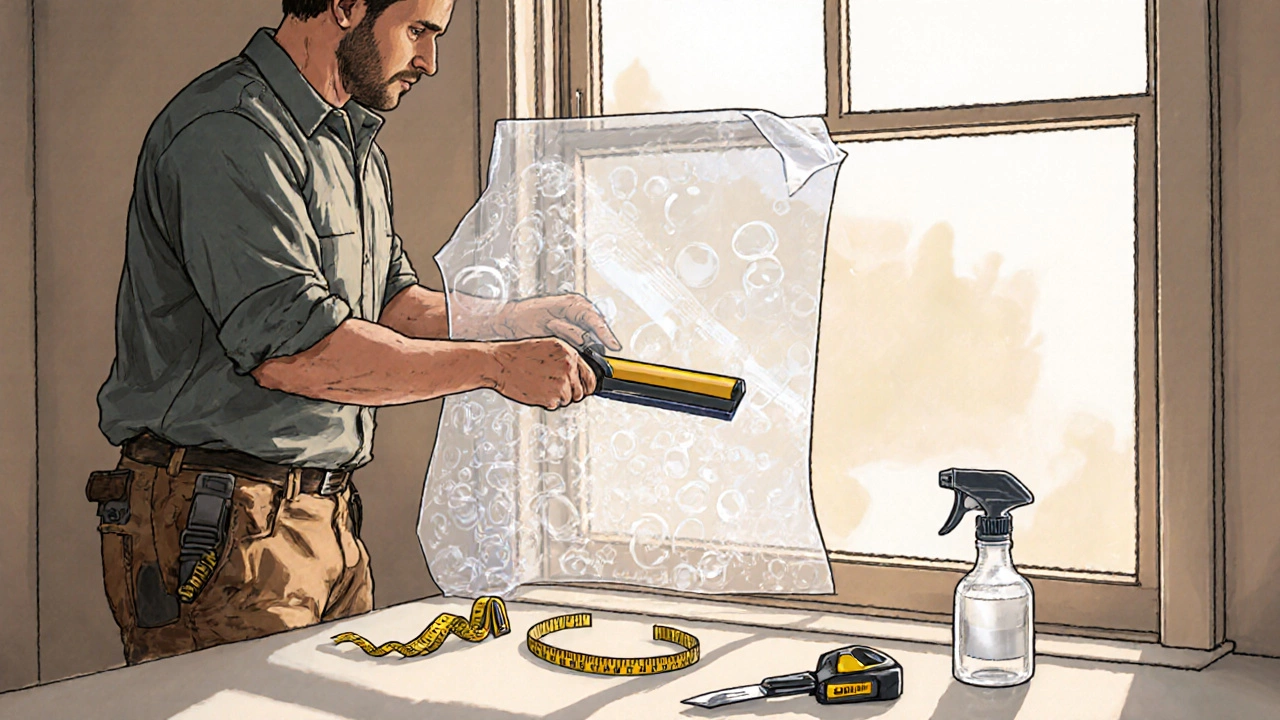
Other Popular Privacy Solutions
Depending on your style and budget, you might prefer a different look. Here are the most common alternatives, each introduced with a brief definition and its main specs.
Frosted privacy film is a matte, semi‑transparent film that blurs the view both ways, allowing light while hiding details.
Tinted glass is glass with built‑in color additives that reduce glare and visibility from the outside.
Smart glass is electrochromic glass that switches from clear to opaque with a button or app.
Exterior privacy screen is a lattice or mesh mounted outside the window, blocking direct sightlines while still letting air flow.
Window blinds are adjustable slats (horizontal or vertical) that can be angled for view or closed for full privacy.
Sheer curtains are light‑weight fabric panels that diffuse light and soften the view without fully blocking it.
Low‑E glass is energy‑efficient glass with a thin metallic coating that reflects infrared light, offering modest privacy and better insulation.
How to Choose the Right Solution
Answer these quick questions before you buy:
- Do you need privacy 24/7 or only during daylight?
- How much natural light do you want to keep?
- What’s your budget per square foot?
- Will you install it yourself or hire a pro?
- Do you care about energy savings or UV protection?
Match your answers to the matrix below. If you need daytime privacy with a clear view, one‑way mirror film or reflective film wins. For night‑time privacy without extra curtains, frosted film or smart glass are better.
| Type | See‑out Clarity | Outside Visibility | Light Transmission | Cost (USD/ft²) | Installation Difficulty |
|---|---|---|---|---|---|
| One‑way mirror film | Clear (day) | Mirrored (day) | 30‑45% | $8‑$15 | Easy DIY |
| Frosted privacy film | Blurred | Blurred | 60‑70% | $5‑$10 | Easy DIY |
| Tinted glass | Clear | Reduced view | 40‑55% | $15‑$30 (including glass) | Professional |
| Smart glass | Switchable | Switchable | 10‑90% (adjustable) | $50‑$100 | Professional |
| Exterior privacy screen | Unaffected | Blocked | - | $10‑$20 | Moderate DIY |
| Window blinds | Adjustable | Adjustable | Varies | $3‑$12 | Easy DIY |
| Sheer curtains | Filtered | Filtered | 70‑85% | $4‑$9 | Easy DIY |
| Low‑E glass | Clear | Subtle | 45‑55% | $20‑$40 | Professional |
DIY Installation Steps for Reflective Films
- Measure the window pane accurately; add a half‑inch extra for trimming. \n
- Clean the surface with a mix of water and a few drops of dish soap. Rinse and dry with a lint‑free cloth.
- Lay the film on a flat surface, glossy side up. Peel off the protective liner gently.
- Spray the adhesive side with a light mist of water (soap‑water works well). This lets you reposition.
- Align the film to the top edge of the glass and press gently. Use a squeegee to push out bubbles, moving from center outward.
- Trim excess with a sharp utility knife, keeping the blade at a low angle.
- Let the film cure for at least 24 hours before cleaning or exposing to direct sunlight.
For larger windows, consider hiring a professional to avoid creases and ensure a perfect seal.
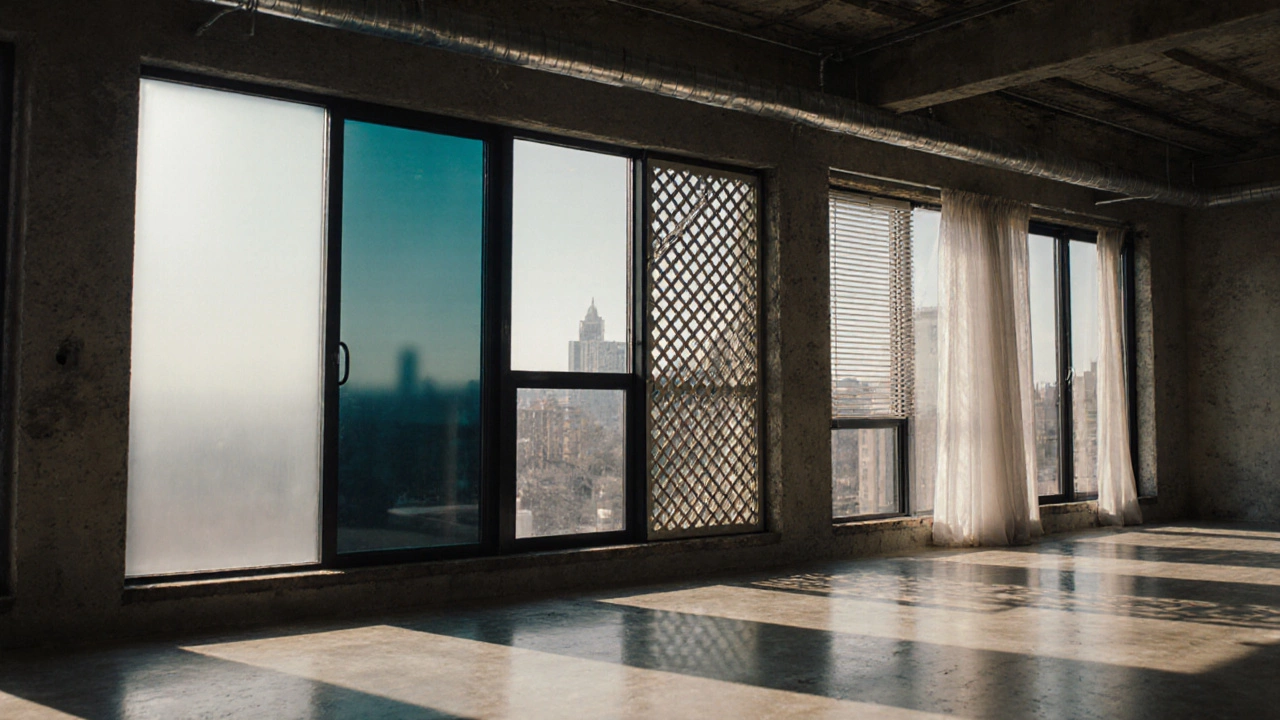
Cost, Maintenance, and Longevity
Most films last 5‑10 years if kept away from harsh chemicals. UV‑blocking additives can extend life and protect interior furnishings. Cleaning is simple - a soft, damp cloth without abrasive cleaners. Tinted or smart glass will need the same care as regular windows.
Pros & Cons at a Glance
- One‑way mirror film: Great daytime privacy, affordable, DIY‑friendly; loses privacy at night.
- Frosted film: Uniform opacity, low cost; blocks clear view.
- Tinted glass: Improves energy efficiency, stylish; requires professional replacement.
- Smart glass: Fully controllable, high tech; pricey and needs electricity.
- Exterior screens: Add architectural flair, keep insects out; can obstruct view slightly.
- Blinds & curtains: Flexible, easy to change style; may collect dust and need regular adjustment.
Frequently Asked Questions
Will a one‑way mirror film work at night?
At night the film becomes transparent from the inside, so anyone outside can see in. Pair it with curtains or blinds for full‑time privacy.
Can I apply film to curved windows?
Most reflective films are designed for flat glass. Curved panes may need custom‑cut pieces or a professional installer to avoid wrinkling.
Is reflective film energy‑efficient?
Yes - the metallic layer reflects up to 30% of solar heat, reducing cooling costs in hot climates.
How do I clean a privacy film without scratching it?
Use a soft microfiber cloth with lukewarm water. Avoid ammonia‑based cleaners; they can degrade the adhesive.
What’s the difference between frosted and etched glass?
Frosted film is a removable coating that mimics the look of etched glass. Etched glass is permanently sandblasted or acid‑etched into the surface.
